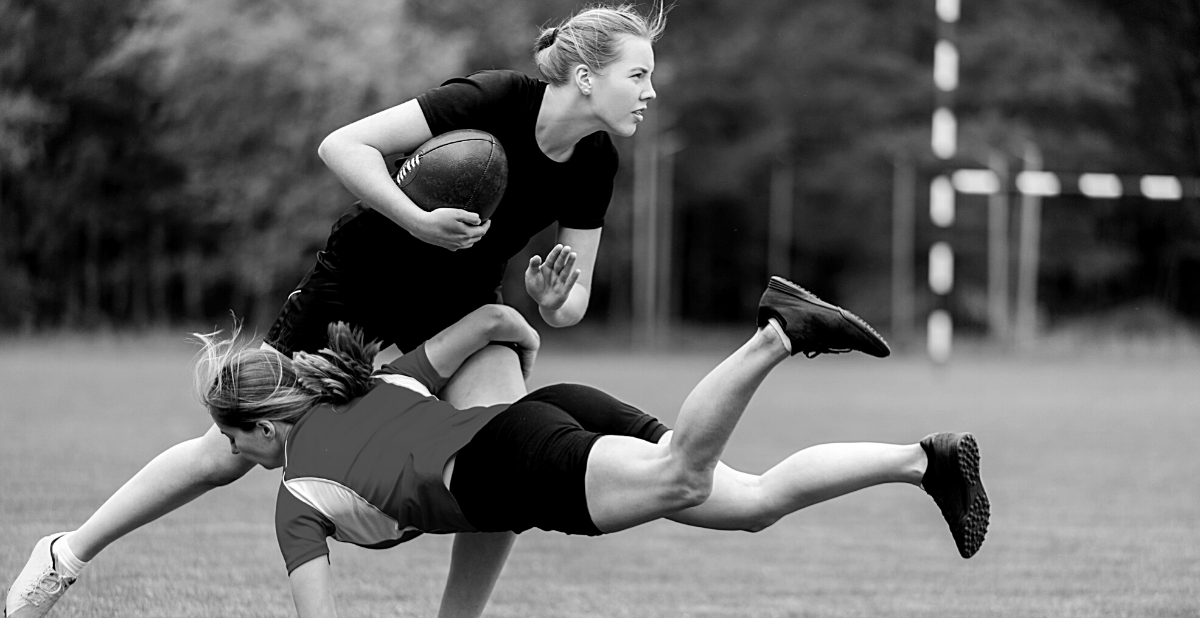Tactical metabolic training (TMT) involves directly replicating the physiological metabolic conditioning demands of sports performance by specifically manipulating the applied work : rest ratios to match the bioenergetic demands of an athletes chosen sport. Furthermore, the movement demands of competition can be replicated, including sprint distances, sprint frequency and change of direction demands. Plisk and Gambetta (1997) previously suggested that TMT based training was more favourable than other conventional forms of metabolic conditioning based training, suggesting that transfer of training effects would be greater due to the specific nature of the implemented TMT method. Furthermore, the authors also highlighted that TMT training methods increased overall training time efficiency, as the technical and tactical skill elements of the actual sport can be practised whilst applying TMT methods.
Applied Tactical Metabolic Training
Lythe and Kilding (2011) previously reported that elite men’s field hockey players covered 34±12 sprints per game, lasting an average duration of 3.3 s. Furthermore, Spencer et al (2004) reported that 95% of the recovery between each repeated sprint was of an active nature (see previously detailed ‘metabolic conditioning demands of team sport’). Therefore, a field hockey TMT based training intervention could be based upon players completing 22 and 46 sprints (34±12) or more (as a form of supra-maximal training) with each sprint lasting over 3 s in length with a form of active recovery between each sprint effort. Such specific training would accurately replicate the demands of competitive elite hockey, therefore resulting in a greater transfer of training effects.
TMT can be applied to any sport with the right level of sport science and movement demand knowledge. For example, Turner (2009) previously reported that Thai-boxing is predominately anaerobic in nature with only minimal aerobic bio-energetic contribution during periods of ring movement and recovery, and therefore recommended that strength and conditioning coaches should look to mimic these demands by applying a ‘‘5 s on 5 s off’’ protocol termed ‘‘Combat Intervals’’ within metabolic based training. Likewise, Kirk et al (2015) previously demonstrated the intermittent nature of mixed martial arts, reporting that the work : rest ratio within competitive mixed martial arts was (W:R) of 1:1.01. The research findings presented by these authors provides the necessary information for the correct application of TMT within combat sport athletes.
Small Sided Games
Weaving et al (2017) previously demonstrated that the training load of small sided rugby league games that included physical contacts most closely replicated the demands of competition. Foster et al (2010) previously reported that the manipulation of player number per game generated physiological responses suited to the improvement of aerobic conditioning in elite junior rugby league players. Furthermore, Gabbett et al (2012) reported that small-sided games played on a larger pitch resulted in greater distances being covered at moderate, high and very high velocities in senior rugby league athletes. These findings demonstrate that the design and implementation of small sided games with added constraints (e.g. increased pitch size, added physical contacts, reduced player team sizes, etc.) can lead to an increase in specific performance qualities within team sport athletes. Such added constraints may result in an increased performance when applied to other sports when engineered around previously gathered sport science data. Therefore, the application and design of TMT and small sided games should be considered within the overall performance training plan, allowing for a greater bioenergetic transfer of training effects within sports performance.
Plisk, S, S. Stone, M, H. (2003). Periodization strategies. Strength and Conditioning Journal. 25(6), pp: 19-37.
Lythe, J. Kilding, A, E. (2011). Physical Demands and Physiological Responses During Elite Field Hockey. International Journal of Sports Medicine. 32(7), pp. 523-528.
Kirk, C. Hurst, H, T. Atkins, S. (2015) Measuring the Workload of Mixed Martial Arts using Accelerometry, Time Motion Analysis and Lactate. International Journal of Performance Analysis in Sport. 15(1), pp: 359-370.
Weaving, D. Jones, B. Till, K. Marshall, P. Earle, K. and Abt, G. (2017b). Quantifying the external and internal loads of professional rugby league training modes: Considerations for concurrent field-based training prescription. Journal of Strength and Conditioning Research. Press.
Foster, C, D. Twist, C. Lamb, K, L. and Nicholas, C, W. (2010). Heart rate responses to small sided games among elite junior rugby league players. Journal of Strength and Conditioning Research. 24(4), pp. 906-911.
Gabbett, T. Abernethy, B. and Jenkins, B. (2012). Influence of field size on the physiological and skill demands of small-sided games in junior and senior rugby league players. Journal of Strength and Conditioning Research. 24(2), pp. 487-491.
Spencer, M. Lawrence, S. Rechichi, C. Bishop, D. Dawson, B. Goodman, C. (2004). Time–motion analysis of elite field hockey, with special reference to repeated-sprint activity. Journal of Sports Sciences. 22, pp. 843–850.
Turner, A, N. (2009). Strength and Conditioning for Muay Thai Athletes, Strength and Conditioning Journal. 31(6), pp. 78-92.


